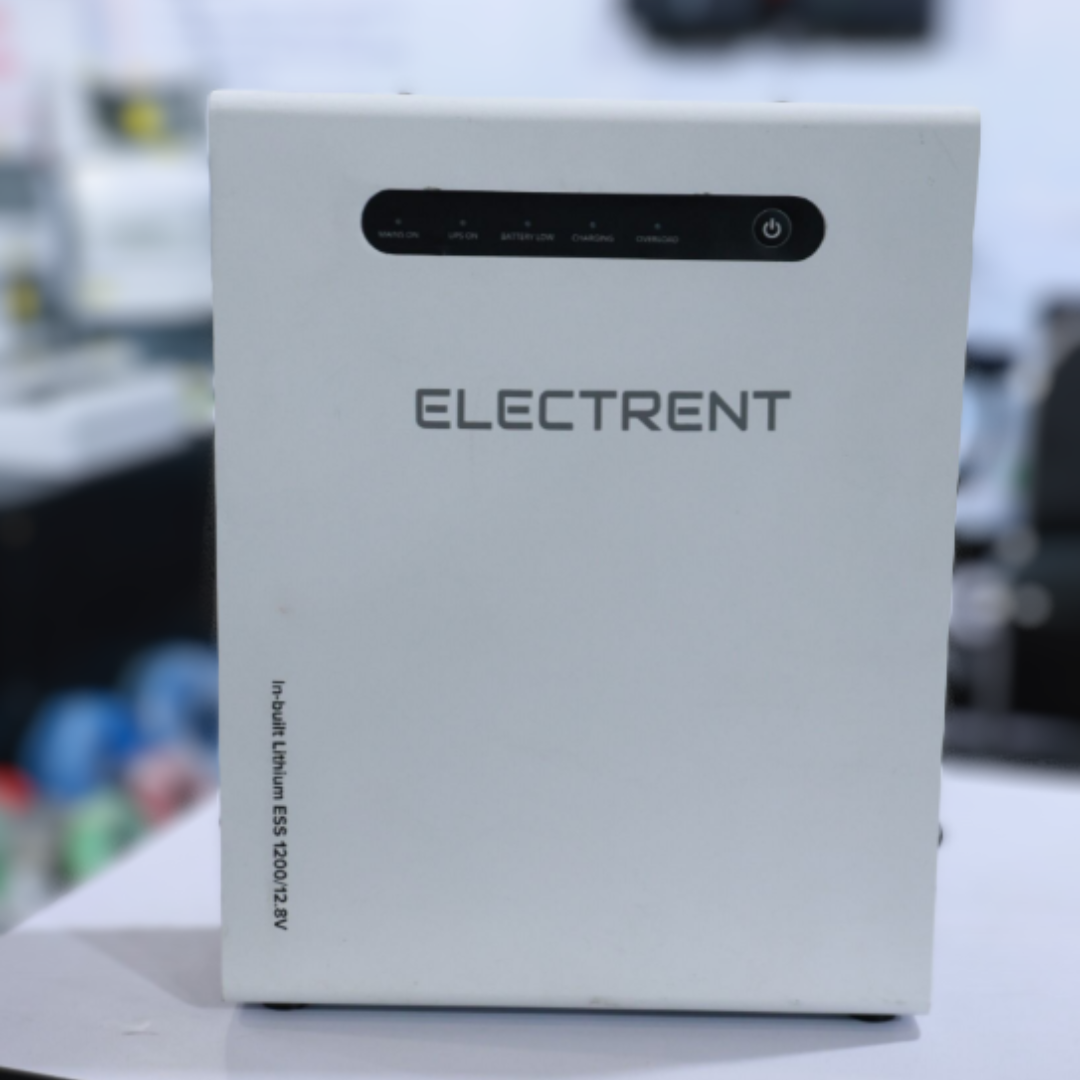
Pure Sine Wave vs. Modified Sine Wave Inverters: Which One is Right for You
Share
Pure Sine Wave Inverters vs. Modified Sine Wave Inverters: Key Differences and Why It Matters
In the world of power inverters, understanding the differences between pure sine wave and modified sine wave inverters can significantly impact your decision-making process. Whether you're powering sensitive electronics, running household appliances, or setting up a solar energy system, choosing the right inverter is crucial. This guide will walk you through the key differences between pure sine wave and modified sine wave inverters, helping you determine which one is right for your needs.
What Are Inverters and Why Do You Need Them?
Inverters convert direct current (DC) from batteries or solar panels into alternating current (AC), which is the standard form of electricity used by most household appliances and electronic devices. The quality of the AC output is where pure sine wave and modified sine wave inverters differ.
Pure Sine Wave Inverters: The Gold Standard
Pure sine wave inverters produce a smooth, consistent wave of AC power that closely mimics the electricity supplied by utility companies. Here are the main benefits:
- Compatibility with All Devices: Pure sine wave inverters are suitable for all types of electronic devices, including sensitive electronics like computers, medical equipment, and audio/video equipment. They ensure that these devices run efficiently and safely without any risk of damage.
- Efficiency and Performance: These inverters provide a stable and clean power output, which improves the performance and longevity of your devices. For instance, motors and compressors run quieter and cooler, reducing the risk of overheating.
- Reduced Electrical Noise: Pure sine wave inverters minimize electrical noise in audio and video equipment, ensuring clear sound and picture quality without interference.
However, pure sine wave inverters are generally more expensive than their modified sine wave counterparts due to their advanced technology and higher efficiency.
Modified Sine Wave Inverters: The Budget-Friendly Option
Modified sine wave inverters generate a stepped, approximated sine wave that is less smooth than a pure sine wave. While they are more affordable, there are several considerations:
- Limited Compatibility: Modified sine wave inverters can power many household appliances, such as lights, fans, and some power tools. They might not be suitable for sensitive devices . Like laptops, microwave ovens, and certain medical equipment might not function properly or could even be damaged.
- Reduced Efficiency: Motors, compressors, and other inductive loads might operate with lower efficiency and produce increased heat when using a modified sine wave inverter. This could result in decreased longevity for those gadgets.
- Potential Interference: There may be noticeable humming or buzzing in audio and video equipment, as modified sine wave inverters can introduce electrical noise.
Despite these drawbacks, modified sine wave inverters are a cost-effective solution for powering basic appliances and are often sufficient for many standard applications.
Which One Should You Choose?
The choice between pure sine wave and modified sine wave inverters ultimately depends on your specific needs and budget. Here are a few examples to assist in making your choice:
- For Sensitive Electronics and Medical Equipment: If you need to power devices like computers, televisions, gaming consoles, or medical equipment, a pure sine wave inverter is the best choice. It ensures your devices operate smoothly and safely, preventing any potential damage.
- For General Household Use: If your primary needs are basic household appliances like lights, fans, or power tools, and you’re working with a limited budget, a modified sine wave inverter can be a practical and cost-effective solution.
- For Solar Energy Systems: Solar setups often benefit from pure sine wave inverters due to their higher efficiency and compatibility with a wider range of devices. Investing in a pure sine wave inverter can maximize the return on your solar energy investment.
Final Thoughts
Choosing the right inverter is essential for the safety and efficiency of your power setup. While pure sine wave inverters offer superior performance and compatibility, modified sine wave inverters provide a budget-friendly alternative for less demanding applications. Evaluate your specific needs, consider your budget, and make an informed decision to ensure your devices receive the best possible power supply.
